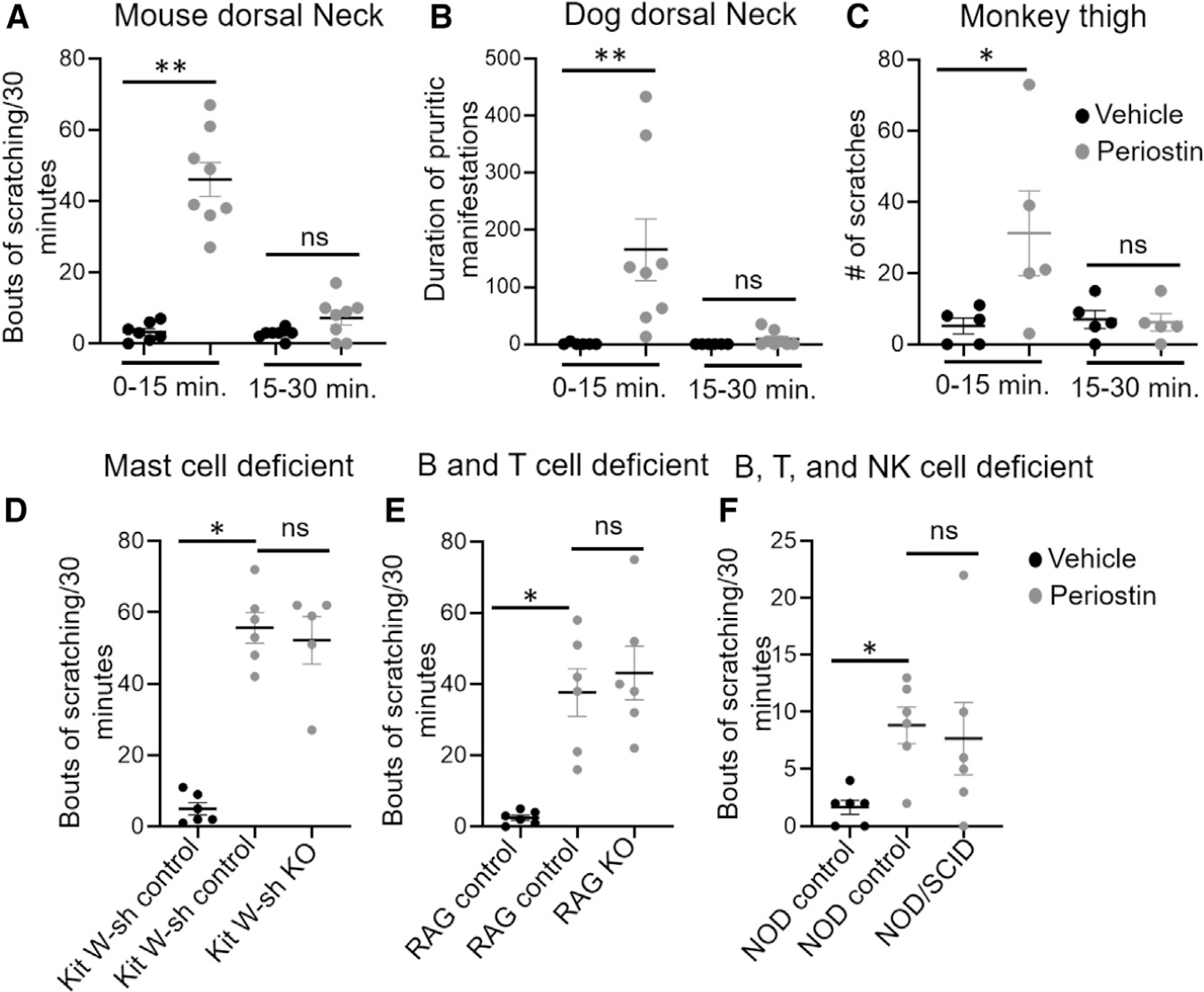Figure 1. Periostin Induces Robust Itch Behavior Mediated via Somatosensory Neurons.

(A) Scratching bouts following an i.d. injection of vehicle (20 μL PBS, black circle) or periostin (5 μg/20 μL, gray circle) into the dorsal neck of wild-type C57BL/6J mice. Mice scratching bouts were recorded for 0–15 and 15–30 min. Periostin induced significant scratching bouts in 0–15 min compared with 15–30 min. We observed no change in vehicle response between 0–15 and 15–30 min. n = 7–8 mice per group.
(B) i.d. injection of periostin (25 μg/100 μL, gray circle) or vehicle (100 μL PBS, black circle) in the dorsal neck of dogs. Durations of pruritus manifestations (DPMs) were measured first for 0–15 min and second for 15–30 min. Periostin induced significant DPMs in 0–15 min compared with 15–30 min. We found no change in vehicle response between 0–15 and 15–30 min. n = 8 dogs per group.
(C) s.c. injection of periostin (25 μg/100 μL, gray circle) or vehicle (100 μL PBS, black circle) in the thigh of monkeys. The number of scratches were recorded for 0–15 and 15–30 min. Periostin induced significant scratching responses in 0–15 min compared with 15–30 min. There was no change in vehicle response between 0–15 and 15–30 min. n = 5 monkeys per group.
(D) Scratching bouts following i.d. injection of vehicle (20 μL PBS, black circle) or periostin (5 μg/20 μL, gray circle) in the dorsal neck of control and mast-cell-deficient mice. There was no change in periostin-induced scratching behaviors between control and mast-cell-deficient mice. n = 5–6 mice per group.
(E) Scratching bouts following a i.d. injection of vehicle (20 μL PBS, black circle) or periostin in the dorsal neck of control and B and T cell-deficient mice (5 μg/20 μL, gray circle). We observed no change in periostin-induced scratching behaviors between control and B and T cell-deficient mice. n = 6 mice per group.
(F) Scratching bouts following i.d. injection of vehicle (20 μL PBS, black circle) or periostin (5 μg/20 μL, gray circle) in the dorsal neck of control and B, T, and NK cell-deficient mice. There was no change in periostin-induced scratching behaviors between control and mutant mice. n = 6 mice per group.
All data were presented as the mean ± SEM in mice, dogs, and monkeys. One-tailed Student’s t test was performed between two groups to determine significance (*p < 0.05, **p < 0.01).
